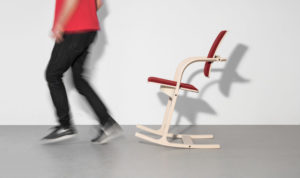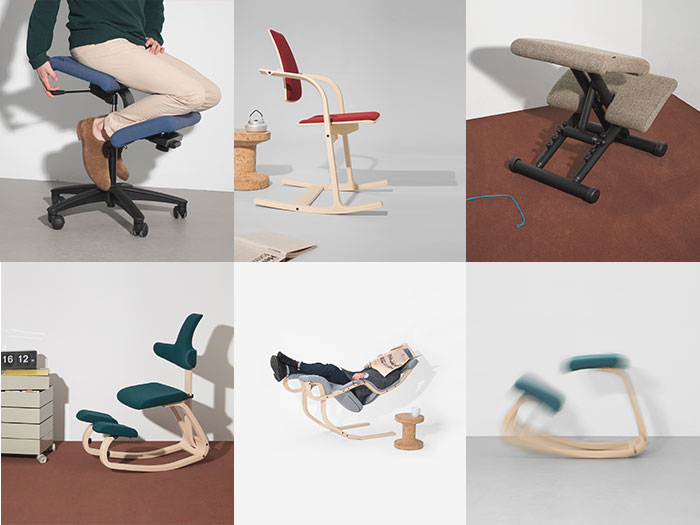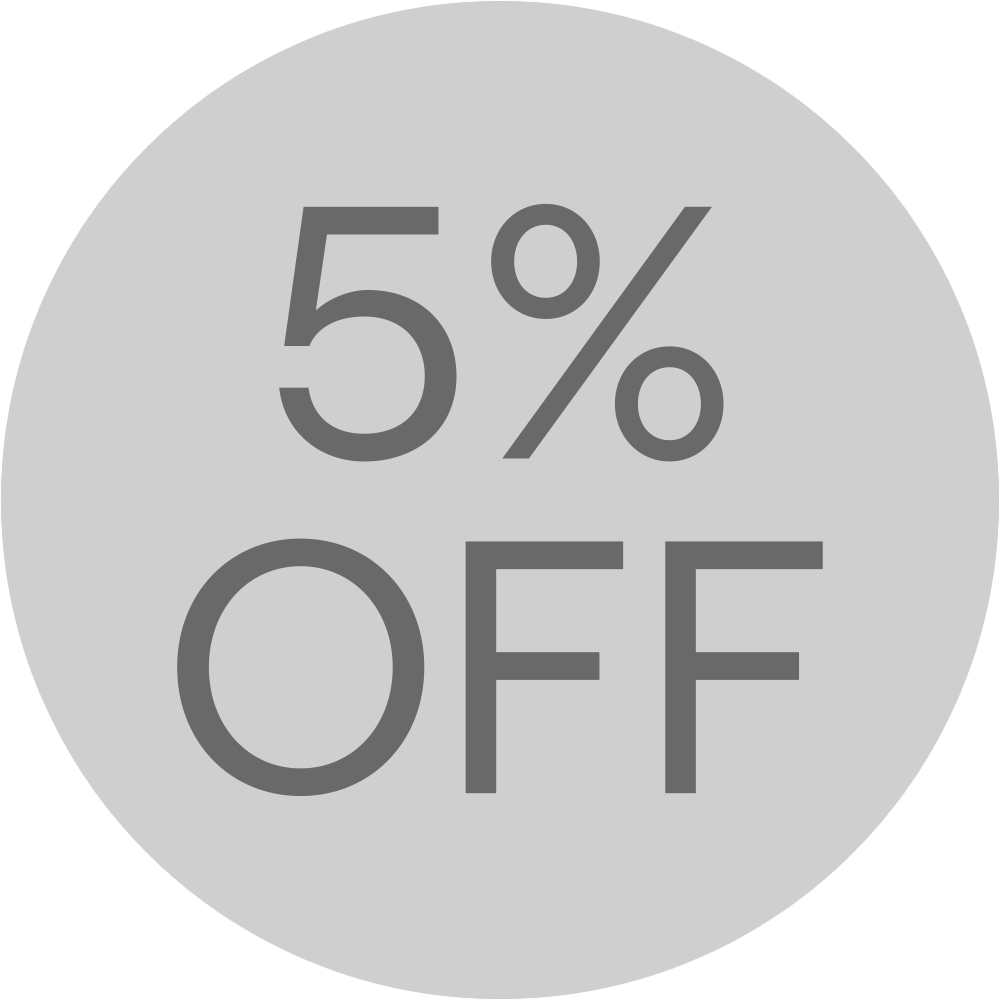When a few of our chairs popped up in the trendy New York-based architecture and design magazine PIN-UP, we wanted to highlight some of our chairs by Norwegian designer Peter Opsvik.
The designs by Peter Opsvik have challenged the idea of sitting since the 1970s. His chairs incorporate the idea of giving the human body the freedom to move instead of conventional products that force a certain position and posture onto their user. Following his principle, “the next position is always the best,” Opsvik created a variety of chairs that follow the body’s natural movement and encourage a healthy relationship with the chair.
We are proud to call some of Peter’s designs our own and highlight some of our favorites available in the Varier collection.
Variable Balans (1979)
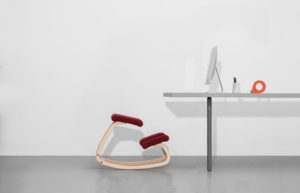
Gravity (1983)
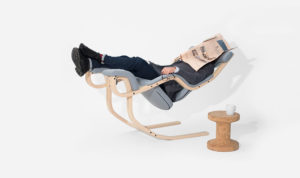
Actulum (1995)
